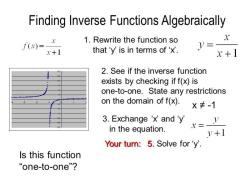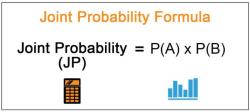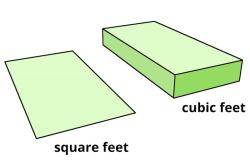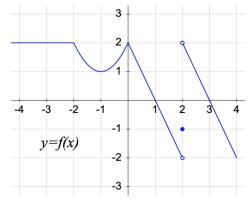How do you calculate the average of integers?
To calculate the average (also known as the mean) of a set of integers, you need to add up all the integers in the set and then divide the sum by the number of integers in the set. The formula for calculating the average is:
Average = (Sum of Integers) / (Number of Integers)
Here are the steps to calculate the average of a set of integers:
Add Up the Integers: Sum all the integers in the set. This involves adding each integer to the sum one at a time.
Count the Number of Integers: Determine how many integers are in the set. This will be the denominator in the average formula.
Apply the Formula: Use the formula to find the average.
Average = (Sum of Integers) / (Number of Integers)
Perform the Division: Divide the sum of the integers by the number of integers. This will give you the average.
Here's an example:
Let's say you want to find the average of the integers 4, 7, 12, 8, and 5.
- Add up the integers: 4 + 7 + 12 + 8 + 5 = 36.
- There are 5 integers in the set.
- Apply the formula: Average = 36 / 5.
- Perform the division: Average = 7.2.
So, the average of the integers 4, 7, 12, 8, and 5 is 7.2.
In summary, calculating the average of a set of integers involves adding them together and then dividing the sum by the number of integers in the set. This provides a measure of the central tendency of the data set, indicating the typical or average value.
How to calculate the average of a set of integer values or a sequence of numbers?
To calculate the average of a set of integer values or a sequence of numbers, you simply add all of the numbers together and then divide by the number of numbers. For example, to calculate the average of the numbers 5, 10, and 15, you would add all of the numbers together (5 + 10 + 15 = 30) and then divide by the number of numbers (30 / 3 = 10). Therefore, the average of the numbers 5, 10, and 15 is 10.
What is the formula and process for determining the mean or average of integers?
The formula for calculating the average of a set of integer values is as follows:
average = sum of integers / number of integers
To use this formula, simply add all of the integer values in the set together and then divide by the number of integer values in the set.
How to find the central tendency of a dataset composed of integer values?
The central tendency of a dataset is a single value that represents the middle of the dataset. The three most common measures of central tendency are the mean, median, and mode.
The mean is the average of the values in the dataset. To calculate the mean, you simply add all of the values in the dataset together and then divide by the number of values in the dataset.
The median is the middle value in the dataset when the values are arranged in order from smallest to largest. If there are two middle values, the median is the average of those two values.
The mode is the most frequent value in the dataset.
To find the central tendency of a dataset composed of integer values, you can calculate the mean, median, and mode. The most common measure of central tendency to use is the mean.
Here is an example of how to calculate the mean, median, and mode of a dataset composed of integer values:
Dataset: 5, 10, 15, 20, 25
Mean: (5 + 10 + 15 + 20 + 25) / 5 = 15
Median: 15
Mode: 15
In this example, the mean, median, and mode are all equal to 15. This means that the dataset is symmetrical and that there is a single value that is representative of the entire dataset.













